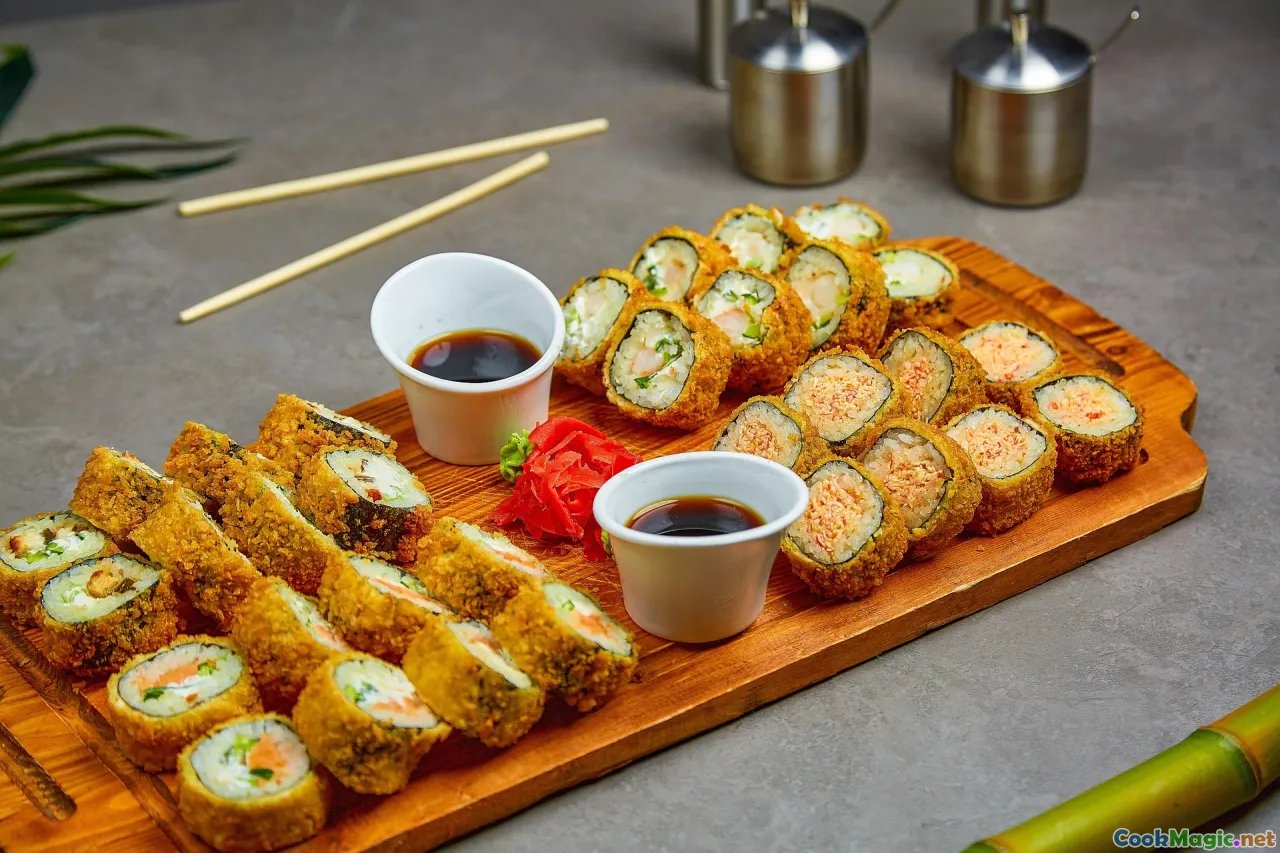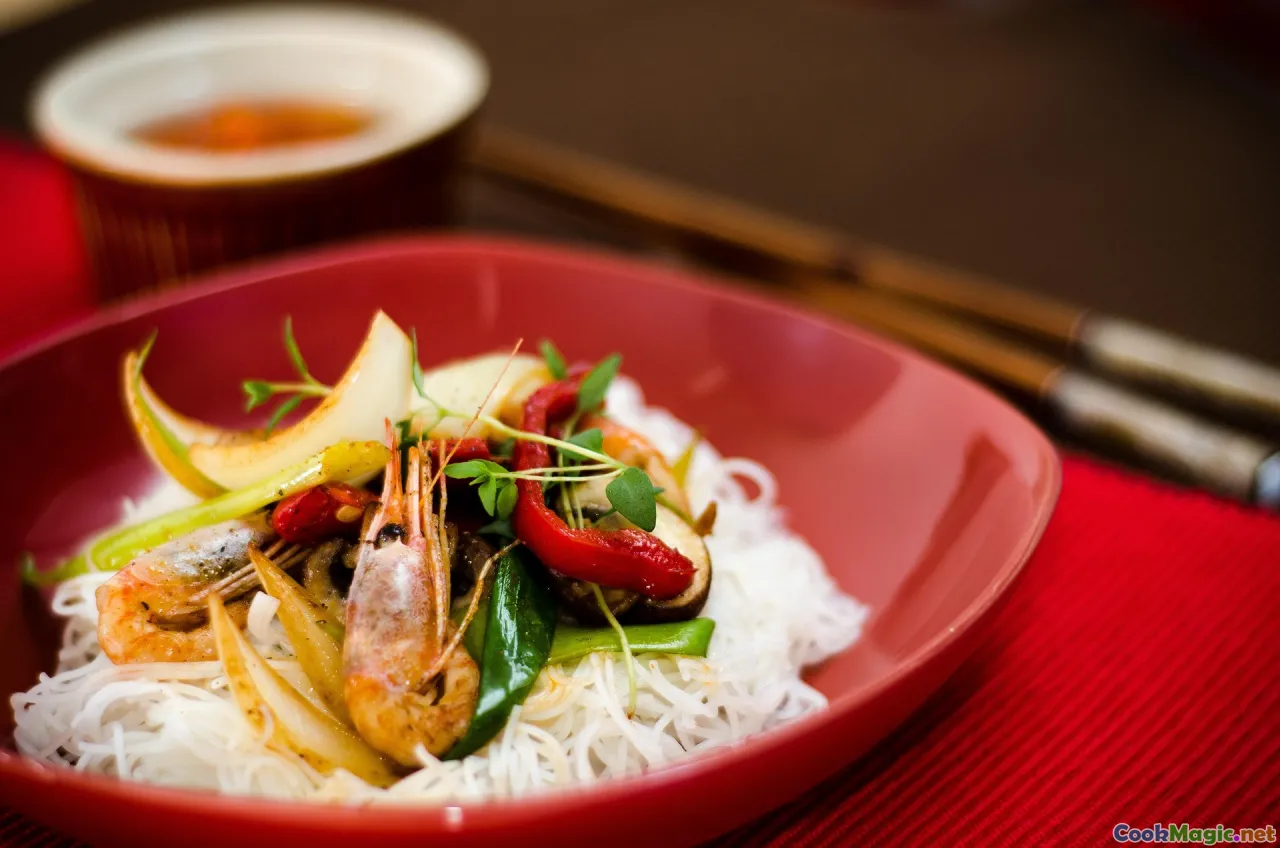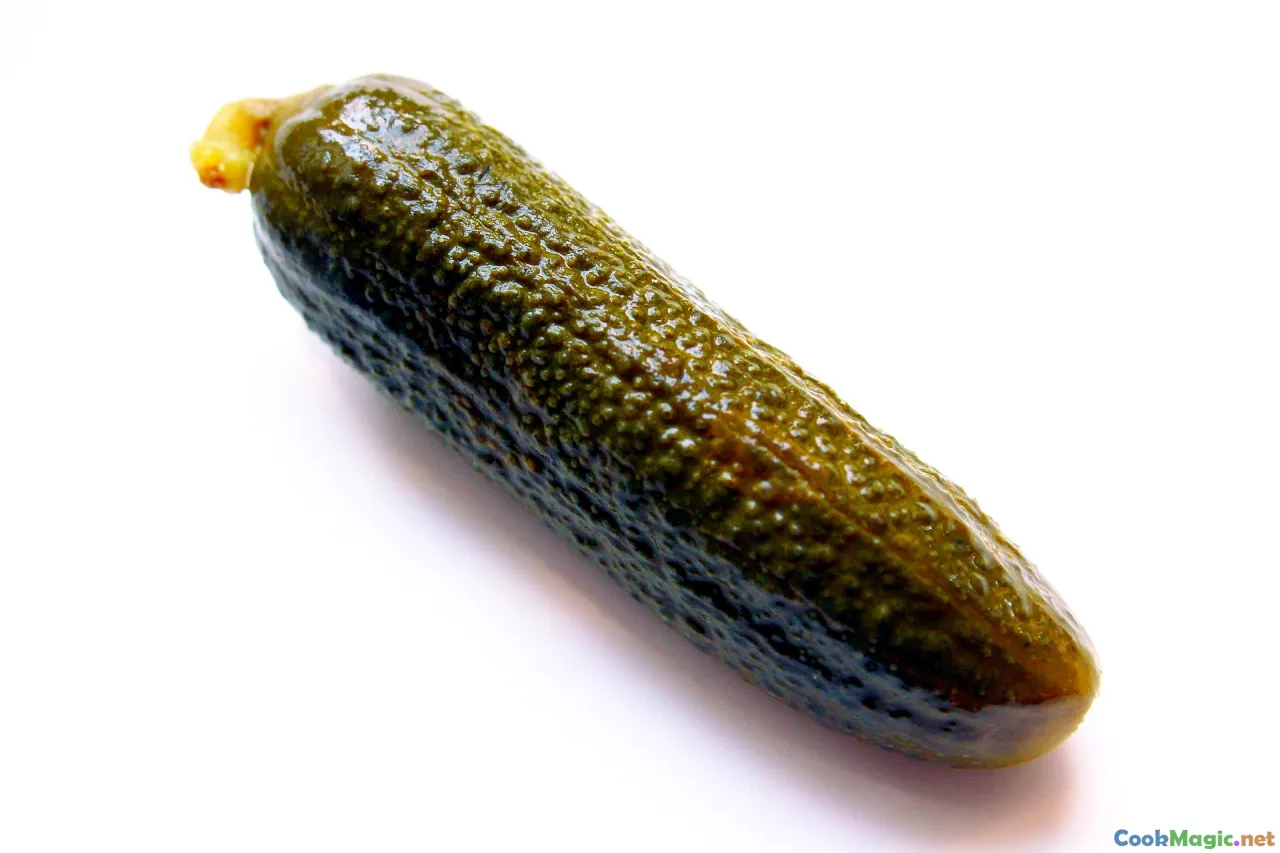Essential Chinese Pantry Staples for Beginners
11 min read Discover the must-have Chinese pantry staples that lay the foundation for authentic and delicious Chinese dishes for beginners. September 24, 2025 21:05
Essential Chinese Pantry Staples for Beginners
Embarking on the journey to cook authentic Chinese cuisine can feel like opening a treasure chest filled with fragrant spices, shimmering sauces, and jars of secrets from centuries-old traditions. The magic of Chinese cooking lies not just in complex dishes but in the foundational ingredients that form its backbone—those staples that, when combined with passion and curiosity, transform humble ordinary ingredients into vibrant, soulful dishes.
From the bustling street stalls of Chengdu to the quiet family kitchens in Guilin, these pantry essentials carry stories, history, and a promise of comforting flavors. Whether you’re a home cook eager to explore or a seasoned culinary enthusiast looking to deepen your knowledge, understanding these staples is your gateway to creating memorable Chinese meals. Let’s delve into these core ingredients, uncover their stories, and learn how to wield them with confidence.
The Unsung Heroes: Basic Condiments and Sauces

At the heart of Chinese flavor-profile development are sauces—liquid gold that layers, deepens, and brightens each bite. The most iconic among these is soy sauce, a fermented marvel that offers a savory, umami richness, providing the backbone for stir-fries, marinades, braises, and dipping sauces. Dark soy, with its molasses-like richness, lends depth, while light soy brightens and enhances.
Next,chili oil—bright red, glossy, and tingling with heat—serves as a fiery finishing touch. Its complex aroma hints at smoky undertones, often infused with garlic, sichuan peppercorns, or scallions, turning an ordinary bowl of noodles into a fiery masterpiece.Hoisin sauceis a thick, sweet, and slightly tangy glaze, its origins tracing back to imperial kitchens. Used in Peking duck or as a dip for spring rolls, it perfectly balances sweet and salty with a touch of spice.Vinegars, such as black rice vinegar and white distilled vinegar, add acidity that brightens dishes, cuts through richness, and provides a necessary zing. They are essential for pickle-making, dipping sauces, and even seasoning stir-fries.
Personal Tip:
Start your journey with good-quality soy sauce and chili oil. They are the baseline from which you can slowly introduce other sauces as your palate develops. A pinch of Shaoxing wine—an aromatic rice wine—also lends a subtle complexity to many dishes.
The Pillars of Flavor: Aromatic and Savory Bases

While sauces set the stage, aromatic ingredients create the fragrance and depth characteristic of Chinese cuisine. Garlic and gingerare indispensable—aromatic powerhouses that awaken taste buds and create the foundational aroma for countless dishes. Picture thin slices of ginger crackling in hot oil, filling the kitchen with a pungent, spicy-sweet scent.Scallions or green onions bring a fresh note—both the white and green parts are used to add brightness overall. Sautéed scallions may perfume an entire stir-fry or serve as a garnish on hot noodle bowls.
In specialized household pantries, you'll find dried or preserved Chinese herbslike dried Chinese Wolfberry (goji berries), dried mandarin peel, andfive-spice powder—a harmonious blend of star anise, cloves, cinnamon, Sichuan peppercorns, and fennel seed. This spice blend encapsulates the balance of sweet, spicy, bitter, sour, and umami.
Personal Tip:
Prep a small aromatic trio—garlic, ginger, and scallions—arranged in a little basket. The fragrant aroma as they cook signals the beginning of many cooking adventures.
Grains and Noodles: Building Blocks of Textural Masterpieces

No discussion of Chinese staples is complete without rice and noodles—staples that can be humble or celebratory depending on how they’re prepared. Jasmine riceis soft, fluffy, and fragrant, offering a slightly floral aroma that complements stir-fries and braised dishes. For many, the rice is the canvas on which dishes like Yangzhou fried rice or Hainanese chicken rice come alive.Wheat noodles, such as lo mein or hand-pulled lamian, bring heartiness and a chewy bite. Their smooth, elastic texture pairs beautifully with savory broths like in hot dry noodles from Wuhan (reganmian) or in thick casseroles.Congee, a rice porridge simmered until silky and creamy, is comfort food—an open canvas for toppings like century eggs, shredded pork, pickled vegetables, or centuries-old preserved vegetables.
Personal Tip:
Keep a variety of rice and noodle types in your pantry. Experiment with instant ramen in simple stir-fries or homemade Chinese egg noodles for dim sum-inspired eggs.
Fermented and Pickled Delights: The Tasting Notes of Tradition

Fermentation and pickling are ancient Chinese culinary arts that add layers of tang, umami, and complexity. These ingredients can turn a bland dish into an unforgettable experience. Preserved vegetables, like preserved mustard greens or pickled radish, offer crunchy, tangy flavors. They are frequently included in hot pot or congee.Fermented tofu(/fung dou/) is a salty, pungent condiment that adds depth and a savory-yumminess—perfect for stir-fries or dressing steamed greens.Li Hing Mui (salted plum powder) or pickled plums lend a sweet and sour burst when sprinkled onto rice or used in refreshing summer drinks.
Personal Tip:
Visit a Chinese supermarket’s fermented section; even just tasting different pickles can expand your flavor palette and understand what balances acidity, saltiness, and umami.
Dried Goods and Pantry Staples for Depth and Convenience

Dried ingredients are flavor concentrates, intensifying the umami and aroma of many Chinese dishes. Dried Shiitake mushroomsbecome intensely flavorful when rehydrated and add their meaty chewiness to soups, braises, and vegetarian dishes.Dried seafood, like scallops or shrimp, introduce an oceanic savoriness, often used in rice porridge and braises.Five-spice powderor ground spices, as mentioned before, unlock a balance of sweet, bitter, spicy, sour, and savory in a single pinch.Dried chili—from whole to crushed—spice up everything from Mapo tofu to Sichuan hot pots.
Personal Tip:
Store dried ingredients in airtight containers away from sunlight. Rehydrate mushrooms and dried seafood in warm water before use to unlock their flavors and improve texture.
Additional Tips: Building a Chinese Kitchen
- Invest in a good wok—its seasoned surface lends unmatched searing and flavor.
- Keep a chef’s knife sharpened for precision slicing of vegetables, meats, and herbs.
- Stock a small variety of coolant and steaming tools since many Chinese dishes rely on steaming (bamboo baskets) and quick stir-frying.
Cultivating these pantry staples over time allows you to learn and appreciate the layers of flavors, textures, and aromas that define Chinese cuisine. Start small—perhaps a stir-fried green vegetable with garlic and soy or simple steamed rice topped with preserved vegetables—and gradually expand your repertoire.
Enjoy the dance of ingredients, the evolution of flavors on your palate, and the rich cultural history infused in each bite. The path through the Chinese pantry is a delicious, vibrant adventure that promises warmth, inspiration, and endless discovery.
Embrace it, and let your kitchen become a small Chinese city brimming with vivid aromas and stories waiting to be told through your cooking.









